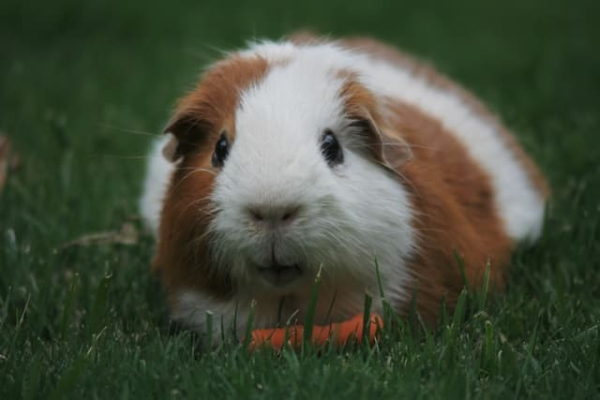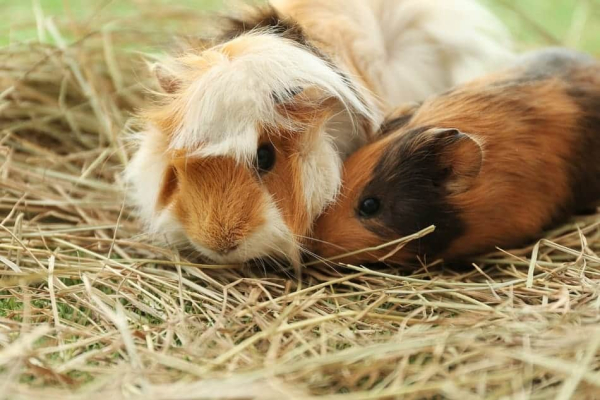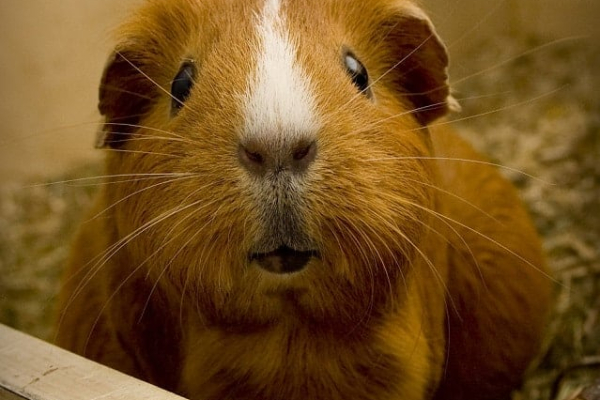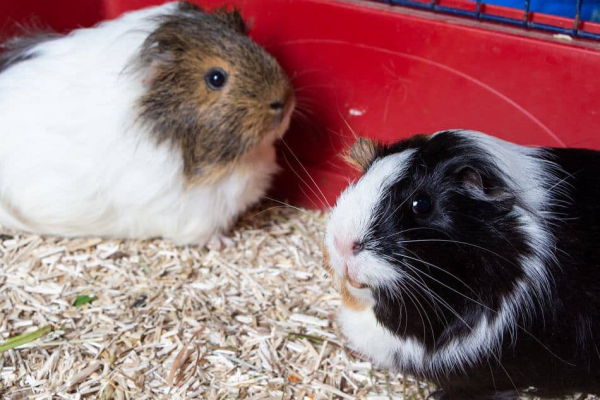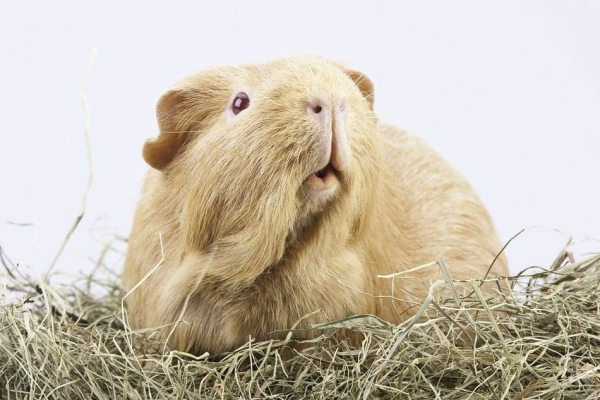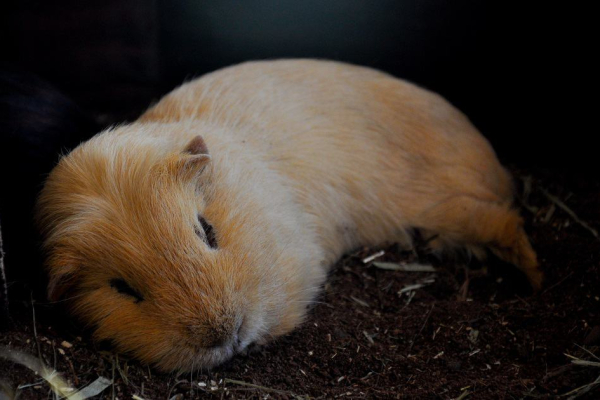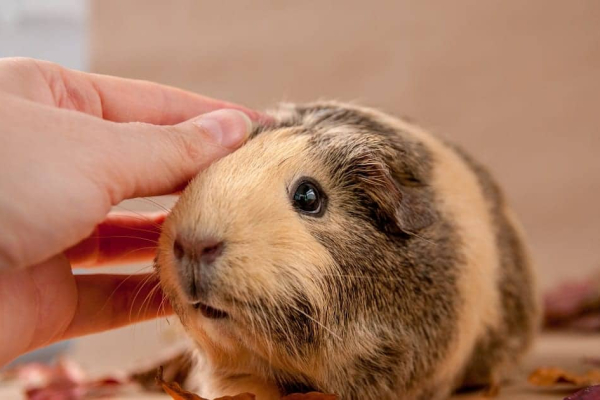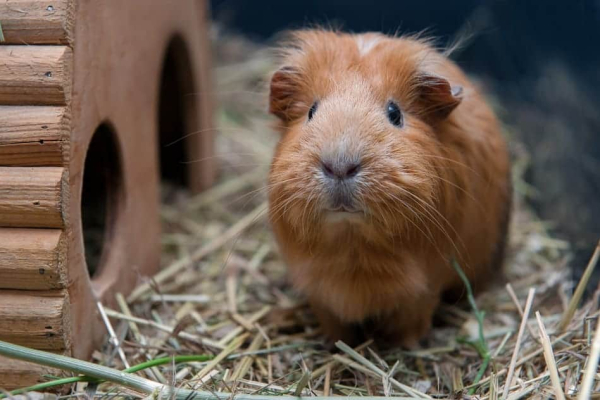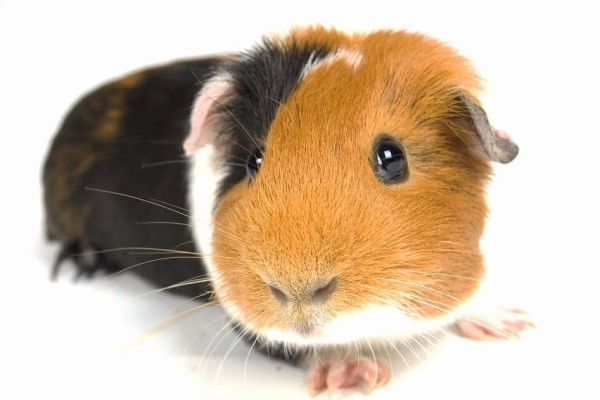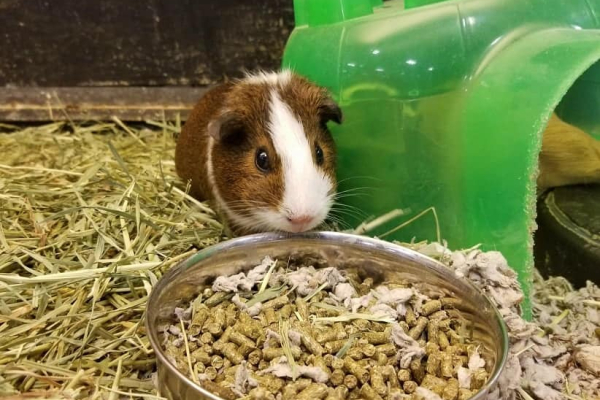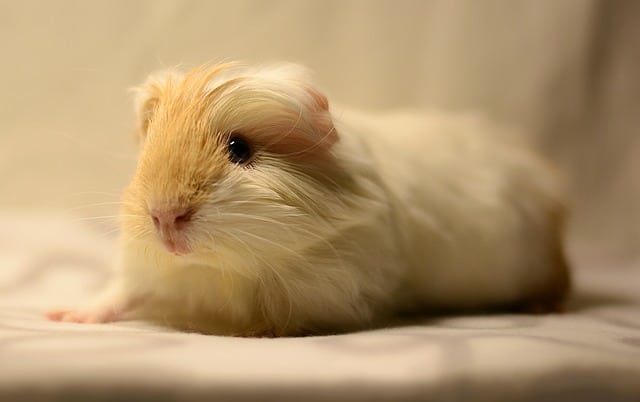
Guinea pigs are adorable animals that make for excellent pets for people of all ages. They are cute, curious, and, best of all, low maintenance. However, since guinea pigs have recently gained popularity, there is little general knowledge that people have regarding guinea pigs.
[toc wrapping = right]
In fact, most people don’t know that guinea pigs have several different breeds, and each breed has its own characteristics that distinguish them. So, if you’re planning on keeping one as a pet or have a general interest in the animal itself, it is best to familiarize yourself with the characteristics of guinea pigs. That is precisely what we will assist you in doing throughout this article.
Origin of the Himalayan Guinea Pig
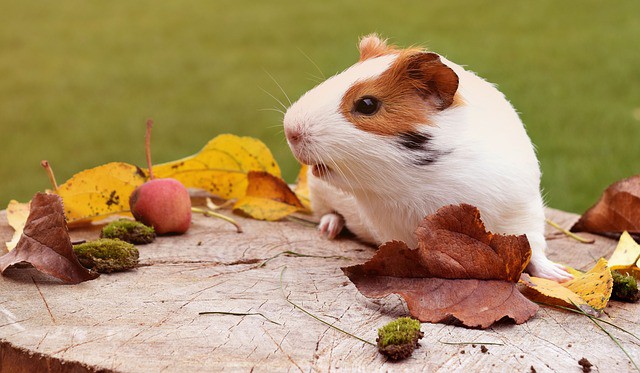
The Himalayan guinea pig is known to be one of the rarest breeds, which is why most people tend to think that this breed came from Asia. However, this is far from reality. The Himalayan guinea pig came from South America.
So, it is best not to base the origin of this breed of the guinea pig on its name. This breed of guinea pigs is recognized as a distinct one by the British and American cavy clubs. You might be wondering that if the Himalayan guinea pig isn’t from Asia, where does it get its name from.
Well, the guinea pig was named this way due to its distinct appearance, which is quite similar to that of the Siamese cat. The Siamese cat is known to come from Southeast Asia, which is what led to the name of this breed of guinea pig.
Appearance
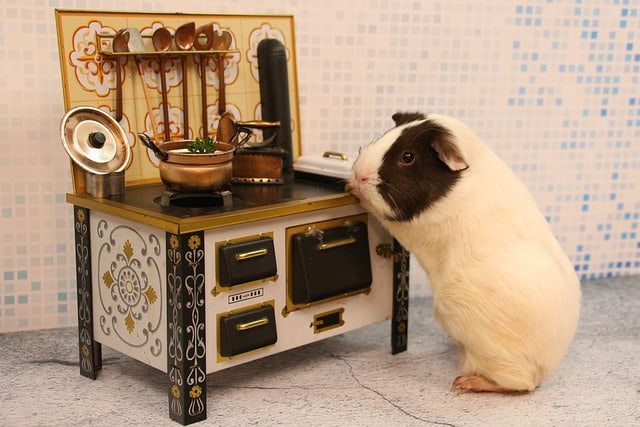
Himalayan guinea pigs are considered to be albinos, which is quite noticeable from their appearance. They are known to have pink eyes, which fall in quite a contrast compared to their white coat of fur. As for their feet, ears, and nose, these body parts on the Himalayan guinea pig will always either be black or brown.
Therefore, the Himalayan guinea pig is quite distinct and easy to differentiate from other guinea pig breeds. In infancy, the Himalayan guinea pig is born completely white. However, as it grows older, its dark spots begin to develop.
Characteristics of the Himalayan Guinea Pig
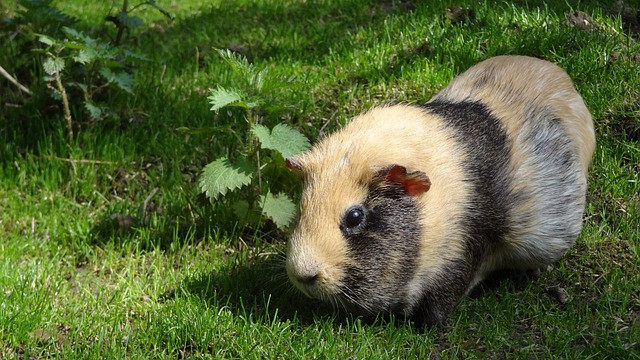
As mentioned before, each breed of guinea pig has its own set of distinct characteristics, which will help you distinguish between it and all of the other breeds. Therefore, a Himalayan guinea pig has its own set of characteristics, from its personality to its appearance and a lot more.
To help you familiarize yourself with these characteristics, here is a list of all of them, along with everything you would want or need to know.
Body
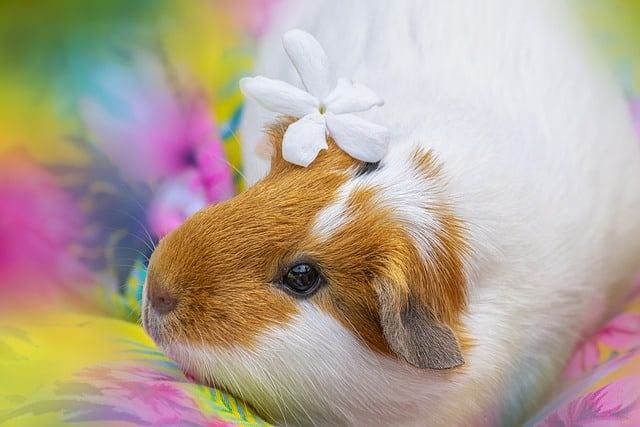
Guinea pigs of this breed tend to be average-sized, where a full-grown adult guinea pig will grow up to be around eight to 12 inches long. However, a distinct characteristic within its build is that Himalayan guinea pigs are known to be much stockier than other breeds, which is noticeable due to their thick body and broad shoulders.
Personality
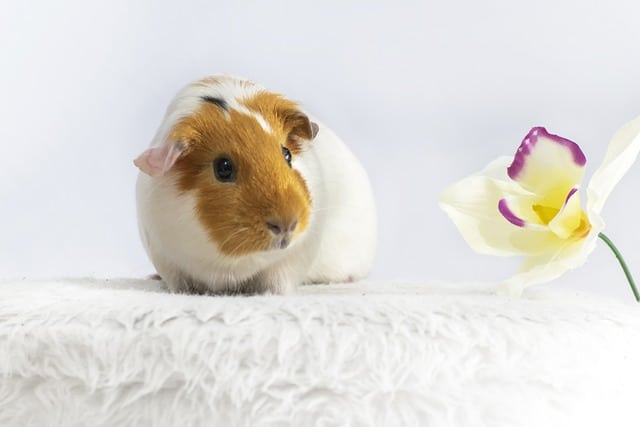
The temperament and personality of a typical Himalayan guinea pig go quite well with that of animal lovers. This breed tends to love getting attention and will, in fact, reciprocate the love that you give it. However, this does not mean that Himalayan guinea pigs don’t get scared, just like other breeds.
They are, just like all other guinea pigs, scared just as easily and are quite skittish. The Himalayan guinea pig tends to get skittish when it comes to new places. So, when introducing your guinea pig to a new environment, you should always create a hideout within their cage.
This allows them to move somewhere where they feel secure and familiarize themselves with the new environment in a way that isn’t overwhelming for them. Another factor to consider when taking into account the temperament and personality of the Himalayan guinea pig is that guinea pigs are herd animals, which is why the Himalayan guinea pig will always feel much more comfortable and secure when they have the company of another guinea pig with them.
This is why it is best to keep multiple Himalayan guinea pigs as pets instead of just one. Of course, if you get two Himalayan guinea pigs of the opposite gender, you should prepare yourself to receive and take care of a lot of little ones.
Diet
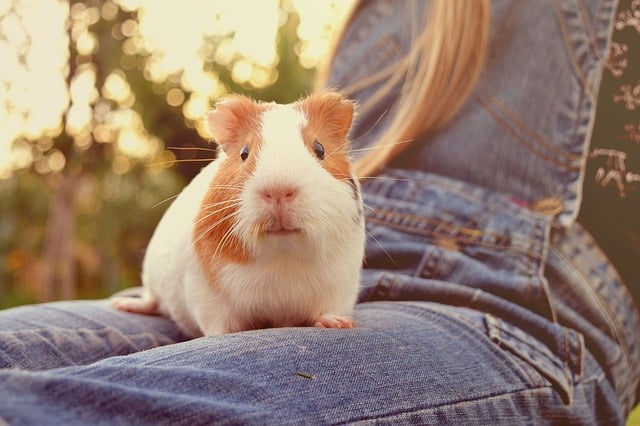
The diet of a Himalayan guinea pig is one such characteristic that is quite similar to all of the other breeds. Of course, as all animals do, the Himalayan guinea pig also has certain dietary requirements that must be fulfilled for the guinea pig to live a long and healthy life. The main components within its diet should consist primarily of vegetables and hay.
Of course, it is always good to bring in some variety into its diet by providing it with different snacks. A good snack or occasional treat for your Himalayan guinea pig can consist of fruits. The great thing is that the diet for Himalayan guinea pigs and all other breeds can easily be found and purchased from pet stores.
To keep your guinea pig healthy, it is incredibly important for you to create a routine of providing it with a proper diet. You should, at all costs, try to avoid any sudden major changes within their diet. This is due to the fact that the guinea pigs are known to be very sensitive to dietary changes, where a poor diet regime can cause them to develop a myriad of health problems that could prove to be fatal.
In general, Himalayan guinea pigs are known to be quite fond of hay, which is also quite healthy for them. The best type of hay to feed them would be meadow hay or timothy hay, which is hay of great top quality.
Be sure not to give your guinea pig too many vegetables as Himalayan guinea pigs are known to develop stomach issues quite easily, which can develop due to them being overfed with vegetables. Some vegetables that Himalayan guinea pigs are quite fond of are carrot tops, parsley, and lettuce.
Health
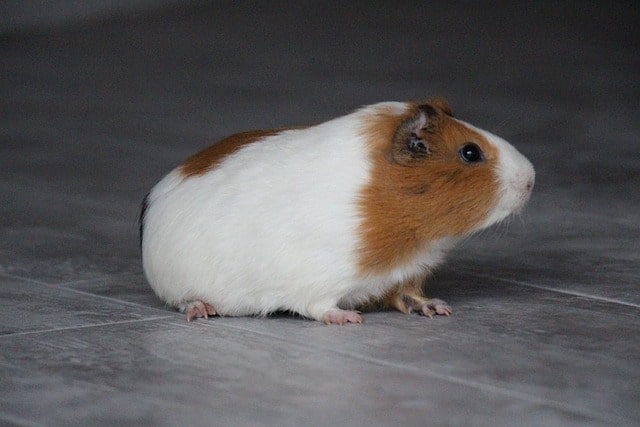
In general and compared to other breeds, the Himalayan guinea pig is known to be much tougher. Of course, it is, after all, a guinea pig at the end of the day, so they are still sensitive and susceptible to developing health issues. One common health issue that can be found in Himalayan guinea pigs is a deficiency of Vitamin C.
This is due to the fact that the Himalayan guinea pig is unable to successfully synthesize its Vitamin C. This is why it is vital for you to feed it food that is rich in vitamin C content. This will help prevent your Himalayan guinea pig from feeling lethargic, weak, losing weight, developing diarrhea, internal bleeding, or a coarse coat.
So, a staple within your Himalayan guinea pig’s diet should be supplements of vitamin C. An easy way to identify that your Himalayan guinea pig is dealing with a deficiency of Vitamin C is to stay aware of the pigment on its feet, nose, and ears. If the pigment begins to fade, then your Himalayan guinea pig is most definitely suffering from a Vitamin C deficiency.
Of course, if you are providing your Himalayan guinea pig with a good, well-balanced diet, grooming them, providing them with proper care and a good environment, then your Himalayan is sure to live a long life free of health issues, particularly since it is much stronger than other breeds.
Regular Grooming
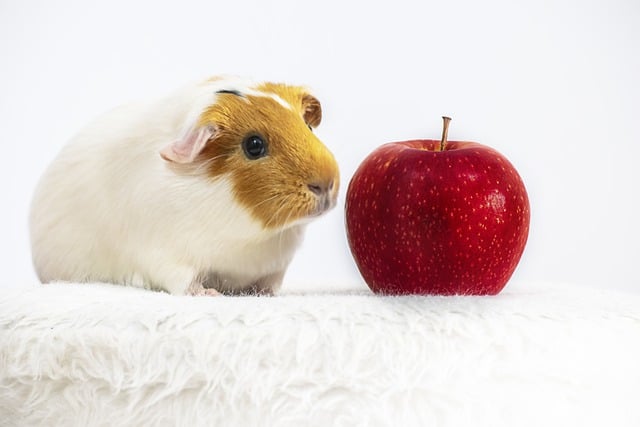
The Himalayan guinea pig has some distinct features, such as an all-white coat, which is quite short, which is why its regular grooming regime will also be quite different from other breeds. The great thing about the Himalayan guinea pig is that its grooming regime is quite low maintenance as compared to other breeds, such as a long-coat breed like the Peruvian guinea pig.
So, all you have to do is brush their coat in a gentle manner every alternate day. You should also try to keep it free from any grime, and you are all good to do. Since the Himalayan guinea pig is quite fond of love and attention, a good way to bond with it is during its grooming time.
While the coat of the Himalayan guinea pig is short, you should still thoroughly inspect its coat to ensure that there are no skin conditions or parasites. If you happen to notice any one of the two, it is best to take your guinea pig to the vet as soon as possible. As for its nails, they should be trimmed regularly and can be done by clippers made for trimming the nails of cats.
The Himalayan guinea pig is definitely a unique and distinct breed. Not to mention, it makes for a great pet due to its low maintenance characteristics. Of course, it requires some level of attention to its dietary and environmental needs, which is the case for all guinea pig breeds. So, with the right amount of care and love, you could spend a great decade with your Himalayan guinea pig.

